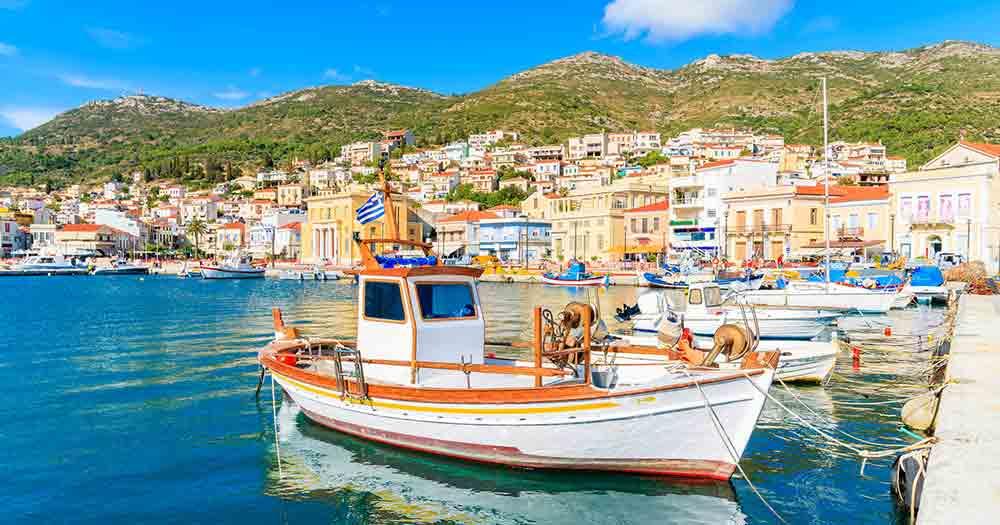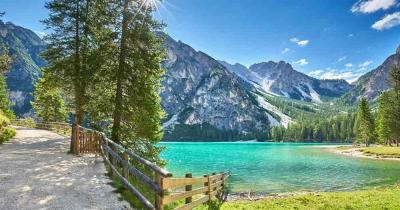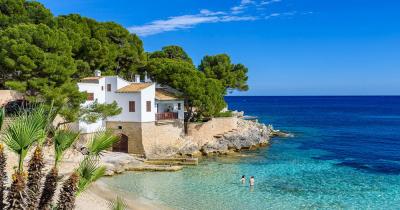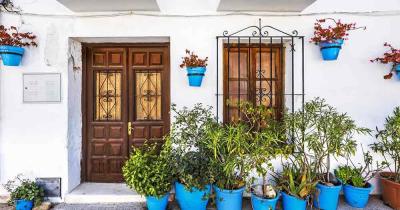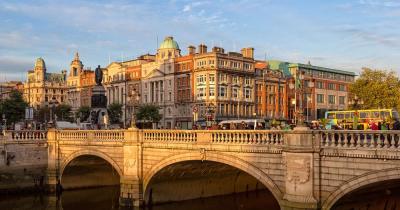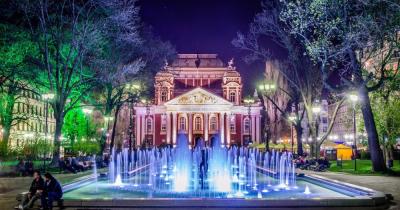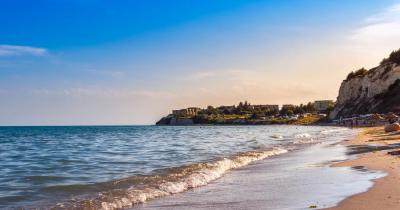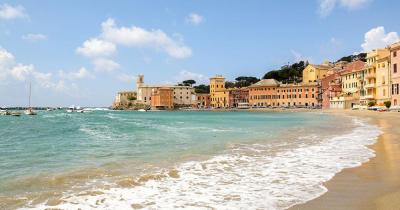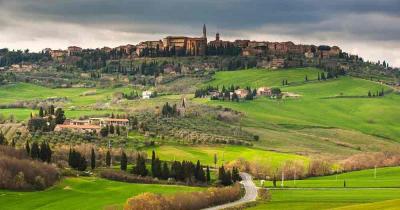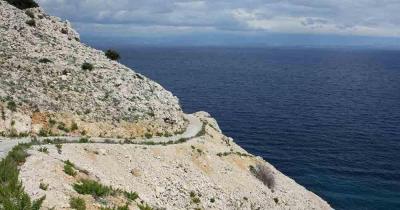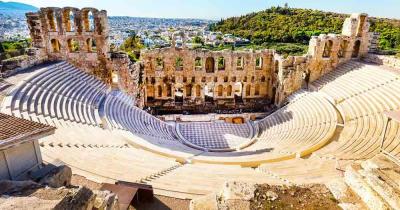Kos
The Greek island
Categories: Southern Aegean Greece Kos
This beautiful island in the Aegean Sea is the third largest of the Dodecanese. The island of Kos has almost 34,000 inhabitants. The Turkish Bodrum is only about five kilometers away. The main travel season is from April to October. In July and August the maximum daytime temperatures exceed 30 degrees Celsius. Until November the water temperatures rise to 20 degrees on average. Most precipitation falls from November to March.
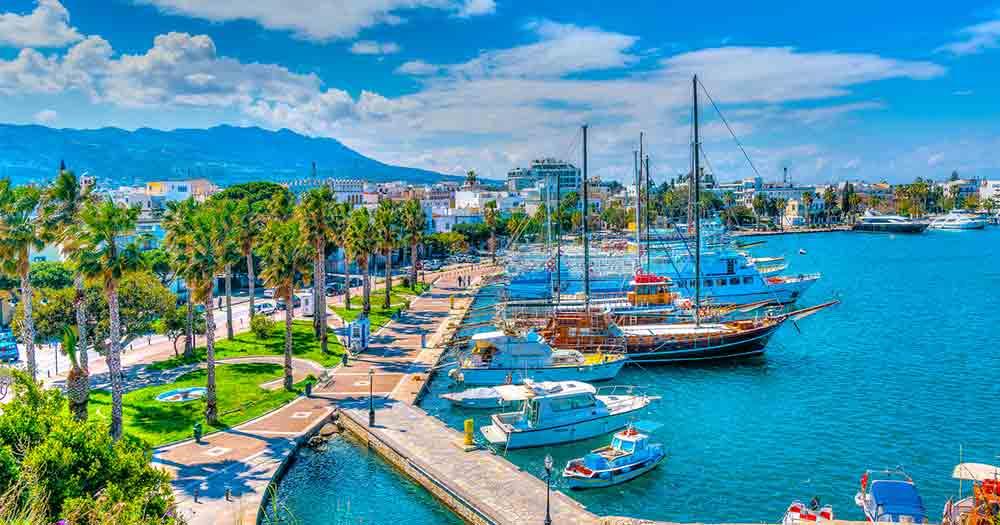 © imagIN photography / Fotolia
© imagIN photography / Fotolia
When entering the island of Kos, the clock is set forward by one hour in winter. In the CET summer time the time difference balances itself out. The island has an international airport, which can also be reached by charter flight during the high season. In winter, the scheduled flight is connected with a stopover in Athens or Thessaloniki. The northeastern capital of the island is also called Kos.
From here there are daily ferry connections to Rhodes, Piraeus and Kalymnos. In Kos town the banks open from Monday to Friday between 8 and 14 o'clock. Smaller towns even have ATM machines. There are regular buses to the larger towns and to the western beaches. The fares are reasonable. However, the gasoline for a rental car is expensive. Most gas stations are located in Kos town.
Almost all roads are now paved and in good condition. In the capital there is a hospital, specialists and dentists. Kefalos and Antimachia also have their own health centers. Greek medicines are cheaper. On Kos the friendliness of the people in bars and taverns is above average. Food and drinks cost less than in Germany.
Twelve kilometers southeast of Kos city, there is the Embros thermal bath. The highly sulfuric water flows at 49 degrees from a crevice into the sea. A regular bath in the thermal spring is said to help with arthritis and rheumatism. Among the islands of the Aegean Sea, the beaches of Kos are among the longest and most beautiful. On the north coast the fine sandy vacation paradises line up on a length of twenty kilometers.
Around Kefalos are the beaches for bathers who like it more quiet. The high water quality of the sea contributes to the fact that the beaches around Kos are repeatedly awarded with the blue flag of the EU. Meanwhile the island is actively engaged in environmental protection. The separation of waste and a biological sewage system speak for this. In the capital there is a store with regional organic products, which also has offers for diabetics and food allergy sufferers.
The market hall of Kos City is a meeting place for gourmets. Island specialties are thyme honey, wine, olive oil and pickled walnuts or tomatoes. Two kilometers from the capital, the 100-hectare biotope Psalídi Wetland extends, where even flamingos spend the winter. Except for the south, Kos is a flat and fertile island. The destination is very popular with many cyclists.
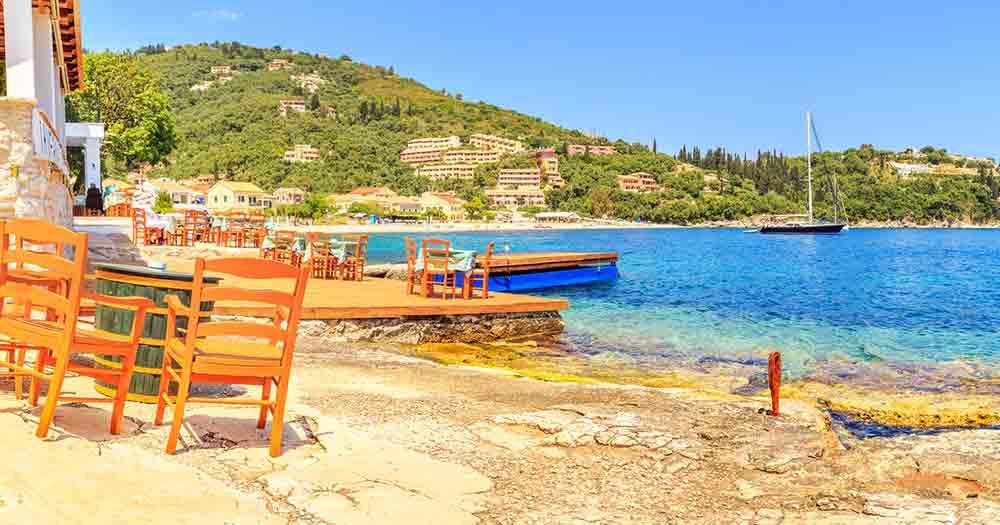 © Marcin Krzyzak / Fotolia
© Marcin Krzyzak / Fotolia
You can rent a bicycle at almost every corner. In Kos City and other regions of the island, a well-developed network of bicycle paths is slowly emerging, which is rather rare for Greek islands. Hikers climb the Monte Christeos in the Dikeos mountains in spring or autumn. This is the highest elevation of the island of Kos with 840 meters. From here you have a unique view to the neighboring islands of Kalimnos and Nisiros.
